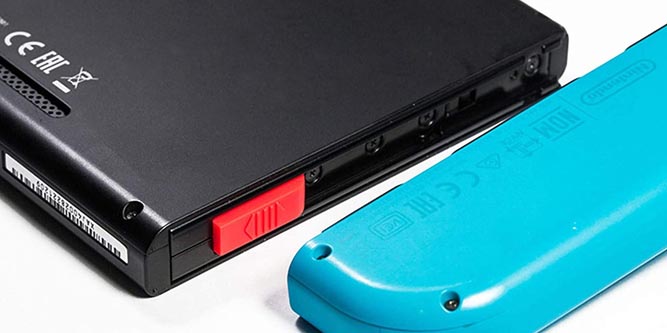- #1 – JZW-Shop RCM Jig
- #2 – NF Orange RCM Joy-Con Jig
- #3 – PPX RCM Clip
The Nintendo Switch is one of the most unique game consoles ever made. It functions as both a handheld and standard console, so you can take your games wherever you go. This type of innovation is nothing new for Nintendo. Before the Switch, the Wii was breaking all kinds of sales records with its motion-activated controls. But like any game console, the Nintendo Switch is just a machine, and it comes with limitations.
We’ve reviewed several Nintendo Switch accessories, including external cooling fans, shells and backplates, and repair screwdrivers. During the course of those reviews, we’ve learned a lot about the Switch console, and what it’s capable of. If you want to unlock new, different features on your Switch, you need to mod the firmware. This requires you to access RCM mode, which in turn requires an RCM jig.
Confused? Don’t worry. We’re going to explain everything you need to know. We’ll talk about what RCM mode is, and how you can use it. We’ll also talk about the risks you should be aware of. Next, we’ll review three RCM jigs: the JZW-Shop RCM Jig, the NF Orange RCM Joy-Con Jig, and the PPX RCM Clip. Which one is the best? Let’s take a closer look, and see what we discover!
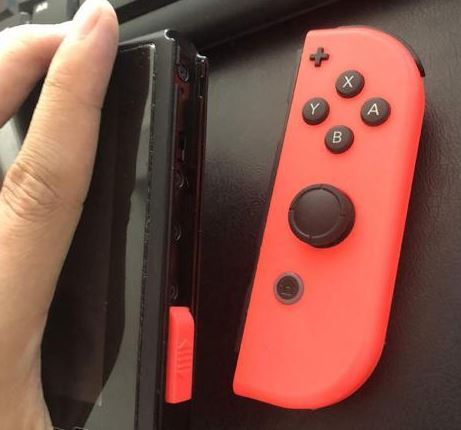
What is RCM Mode?
RCM mode is a special diagnostic mode that’s used by Nintendo’s repair technicians. It allows for software modifications that are typically blocked. As a result, it’s often used by homebrew developers and modders.
What is Modding?
Modding is the practice of installing custom software on a device. A modded piece of hardware can do things it wasn’t originally designed to do. For example, a modded iPhone can run apps that aren’t available in the Apple Store. Similarly, a modded game console can run games that the original console wasn’t designed to run.
Why Mod a Nintendo Switch?
Going back to our iPhone example, modding iOS allows you to make changes to the operating system. Basically, you get to look under the hood of your phone and change settings that you weren’t intended to access. A modded Nintendo Switch works the same way. When you’re running modded firmware, you can play your Switch games as well as run third-party software. You don’t have to be limited by what’s available on the eShop or a cartridge.
In the modding community, homemade third-party software is called “homebrew”. It’s a catch-all term that refers to anything not intended by Nintendo. As you can imagine, this covers a lot of ground. The most popular, obvious use of homebrew is playing non-Switch games. On a modded console, you can play classic games from the Super Nintendo, N64, or even emulate classic Sega consoles. Is this legal? No. Are there plenty of guides on how exactly to use these emulators? You bet! If you want, you can even find an emulator for the original PlayStation.
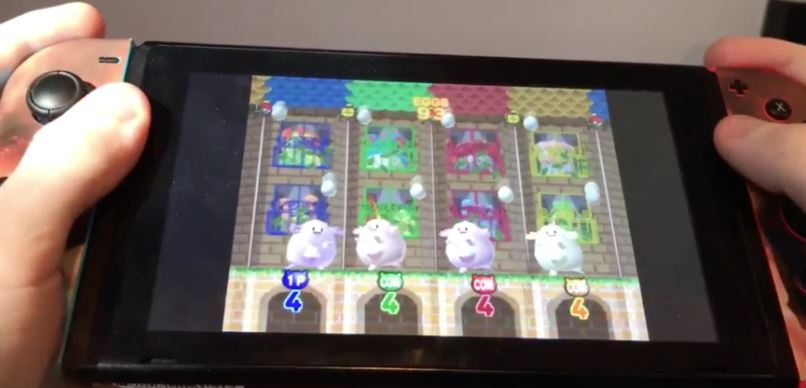
You can’t emulate newer consoles, though. This is because emulation requires more system resources than the original console. In other words, to emulate a PlayStation 2, you need a much, much more powerful console than a PlayStation 2.
One other interesting application of modding is the ability to entirely replace your Switch operating system. Modders have created a version of Ubuntu Linux called Lakka. Lakka is built specifically for emulation, and still runs normal Switch games. You can even install a (homemade) version of Android on your Switch.
Needless to say, Nintendo does not want people modding their consoles. They’re constantly releasing patches and software updates to prevent people from modding. In turn, modders are constantly playing catch-up. If you want to mod your Switch, be prepared to install several apps. You’ll need to block automatic updates, allow safe updates, and restore save files if needed. This isn’t just a one-and-done operation. It’s a hobby you’ll need to actively keep up with.
Can my Switch be Modded?
As you can imagine, Nintendo does everything imaginable to prevent modding. This goes beyond simple software patches. In fact, in April of 2018, Nintendo discovered a vulnerability in the Switch’s custom Tegra X2 chipset. NVIDIA acknowledged the exploit, and stated that it could be used to execute unverified code.
NVIDIA also fixed the chip. If your Switch’s chipset was manufactured after April of 2018, it’s not currently moddable. This can be a headache, since you’ll need to have an older Switch console in order for mods to work. Thankfully, the modding community has made it easy to figure out whether or not your Switch can be modded. This GBATemp thread sorts Switch serial numbers into three categories: unpatched, patched, and possibly patched. Unpatched Switch consoles can be modded, and patched consoles cannot. If your console is “possibly patched,” the only way to be sure is to attempt a mod. As a side note, Switch Lite and Mariko consoles have also been patched.
If your Switch console can’t be patched, there are a couple of things you can do. The first is to look for a new console with an unpatched serial number. This is easier at a local game shop than online, since you can quickly check the serial number. The alternative is simply to wait. The modding community is very active, and people are constantly finding new exploits. There’s a good chance that within a year, you’ll be able to mod newer Switch consoles.
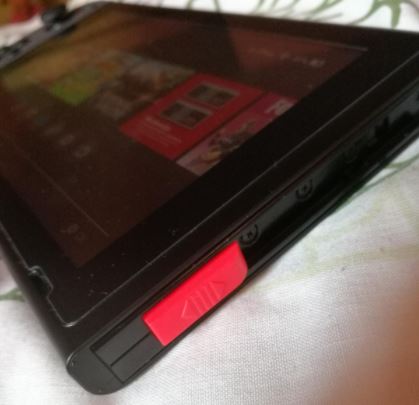
How Can I Access RCM Mode?
Regardless of what types of mods you want to install, the first step is to boot up your Switch in RCM mode. To do this, just hold down the volume up, power, and home buttons at the same time. Sounds simple, right? Unfortunately, the home button we’re talking about isn’t the physical Joy-Con home button. Instead, it’s a hardware home button that’s built into the rail. To activate it, you’ll need to ground the 10-pin on the right Joy-Con rail.
Then, with the 10-pin grounded, you can hold down the volume up and power buttons. Voila! Your Switch will boot into RCM mode, and you’re ready to start modding.
How Can I Ground Pin 10 on my Joy-Con?
Saying “ground the 10-pin” can sound like gibberish if you’re not technologically-inclined. In plain English, you need to make a connection between the first and last pins on the right Joy-Con rail. There are several ways to do this. Using just equipment you have at home, you’ve got a few options. Many people have used a paperclip, tinfoil, or a spare wire to make an improvised connection.
That said, these methods have a major limitation: they have to be held on manually. This can be a pain when you’re already trying to hold down two buttons. If you’re going to access RCM mode more than once, you’re going to want a more permanent solution. And because of the cat-and-mouse nature of modding, you’ll definitely need to access RCM mode more than once.
An RCM jig is a cheap, painless solution to this problem. It clips onto your Joy-Con rail, and has built-in contacts that connect the 1 and 10 pins. If it’s well-designed, it will also have a switch that can actuate the contacts. This gives you a quick, reliable way to access your Switch’s RCM mode.
You wouldn’t think it would be tough to get your hands on a piece of plastic, but this is a niche product. Nintendo certainly wasn’t selling them publicly, so modders started 3D printing their own. As people worked out their own designs, they shared blueprints with fellow community members. Eventually, even people without 3D printers got in on the game. If you had a print shop in your home town, you could simply have one printed for a few dollars.
This came with a few drawbacks. To begin with, it required a resolution of at least 0.1mm, so not all print shops were up to the task. Not only that, but 3D-printed plastic is inherently weak. For something like an RCM jig that you’re using over and over again, that’s a bad thing. Now that manufacturers are producing injection-molded and ABS plastic jigs, you don’t have to worry about 3D-printed plastic. You also don’t have to wonder whether your local print shop’s 3D printer is high enough resolution. Considering the low cost, it makes more sense just to buy a manufactured jig.
Are There any Risks to Nintendo Switch Modding?
Let’s be clear: modding your Nintendo Switch isn’t safe. Most importantly, it’s a violation of Nintendo’s terms of service. Here’s what that could mean for you:
- If you break your Switch while modding it, you won’t be covered under warranty.
- Nintendo could ban your online account, so you won’t be able to access multiplayer.
- You could also lose access to games you’ve legitimately purchased.
And that’s just what Nintendo could do. If you download sketchy software, your account could get hacked, or your Switch could break. What we’ve written here is just a brief overview for beginners. If you’re actually going to mod your Nintendo Switch, spend a week or two lurking on homebrew forums. Learn everything you can before you risk damaging your console.
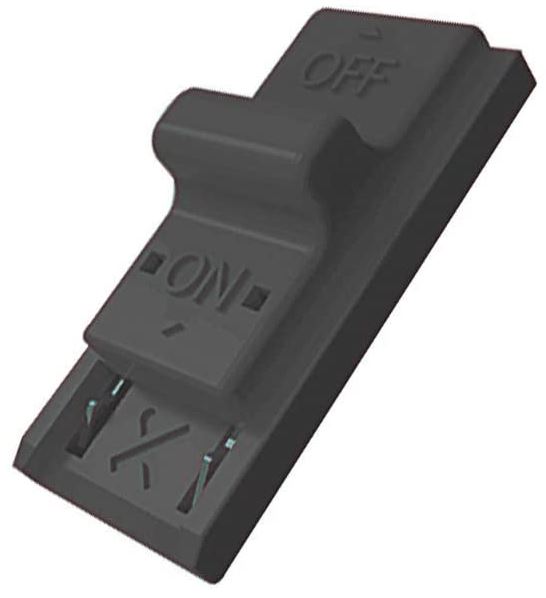
JZW-Shop RCM Jig
The JZW-Shop RCM Jig is a simple, black or red switch that clips onto your right Joy-Con rail. When activated, it will ground the 10-pin, so you can easily activate RCM mode. The On and Off positions are clearly marked, so you know when your jig is active. The plastic is injection-molded, not 3D-printed, so it will last longer than most homemade jigs. Even better, the kit includes a padded carrying case. RCM jigs are small and easy to lose, so a case is an excellent added value.
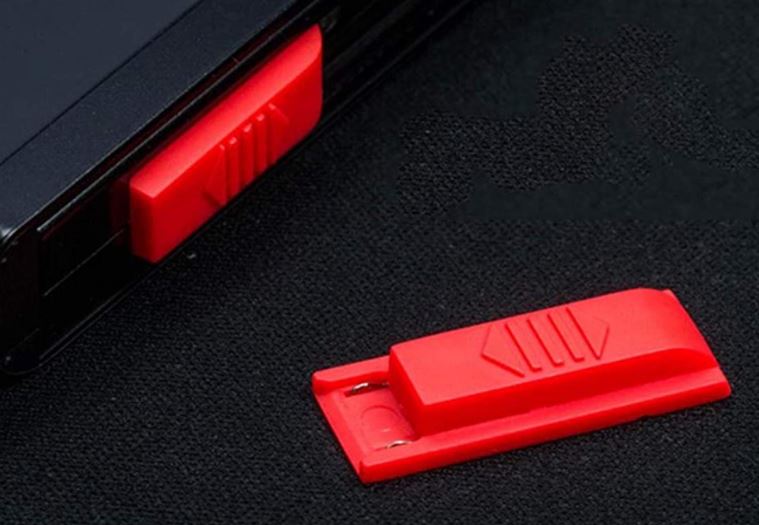
NF Orange RCM Joy-Con Jig
The NF Orange RCM Joy-Con Jig is a bit slimmer than the JZW-Shop RCM Jig. Other than that, it’s more or less the same. It’s made from injection-molded plastic, so you’re not looking at a cheap 3D-printed switch. It also uses 24-gauge wire, which is heavier than the wire in most Switch RCM jigs. The on and off positions aren’t marked, but you can clearly see whether the contacts are locked in. All in all, it’s a well-built little tool.
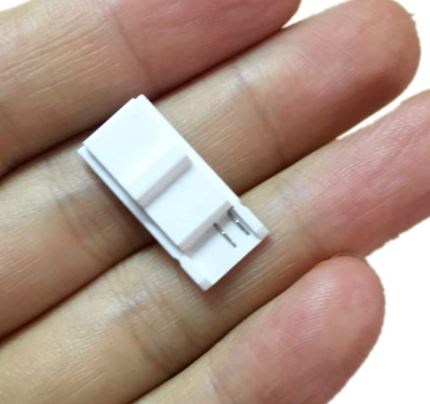
PPX RCM Clip
The PPX RCM Clip is similar to the last two, but it’s white in color. It also doesn’t have any markings to indicate the switch status. Instead, the white ABS plastic material provides a highly visible contrast to the steel contacts. This makes it very easy to see when the contacts are pressed into position. The jig includes a small storage box, which makes it easy to keep track of.
Final Verdict
As you can see, there’s not really much difference between these jigs. The JZW-Shop RCM Jig, NF Orange RCM Joy-Con Jig, and PPX RCM Clip all do the same thing. They ground your Joy-Con’s 10-pin, which is all you need them to do. Unlike with a lot of products we review, this isn’t rocket science. A jig either works or it doesn’t.
If you’re going to mod your Nintendo Switch, you need to be prepared to make frequent updates. As we discussed, Nintendo is constantly looking for ways to crack down on modders. So there’s a never-ending back and forth between modders and Nintendo. This means you’ll be using your RCM jig every few weeks for the foreseeable future. So don’t use a cheap little jig that’s going to crack when you need it most. Look for a quality ABS or injection-molded jig that’s going to last a while. The difference in cost is less than a cup of coffee, and you won’t have to worry about your jig breaking.
In that regard, all three of our Nintendo Switch RCM jig options perform admirably. The only difference – other than cosmetic – is whether or not they include a storage case. If that’s important to you, choose the JZW-Shop or PPX jig. If not, just choose the jig that looks best to you. You won’t be disappointed.
Meet Ry, “TechGuru,” a 36-year-old technology enthusiast with a deep passion for tech innovations. With extensive experience, he specializes in gaming hardware and software, and has expertise in gadgets, custom PCs, and audio.
Besides writing about tech and reviewing new products, he enjoys traveling, hiking, and photography. Committed to keeping up with the latest industry trends, he aims to guide readers in making informed tech decisions.

